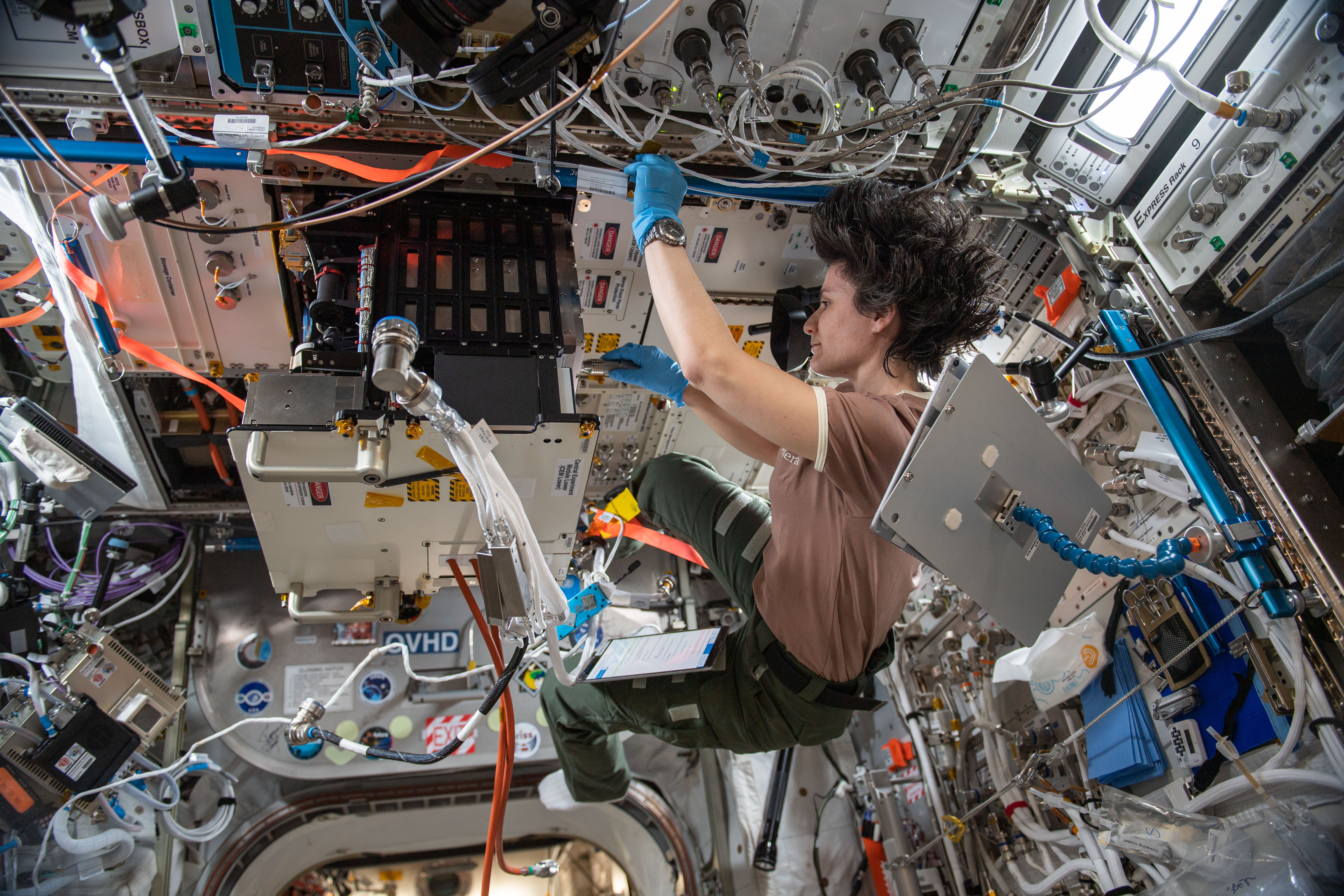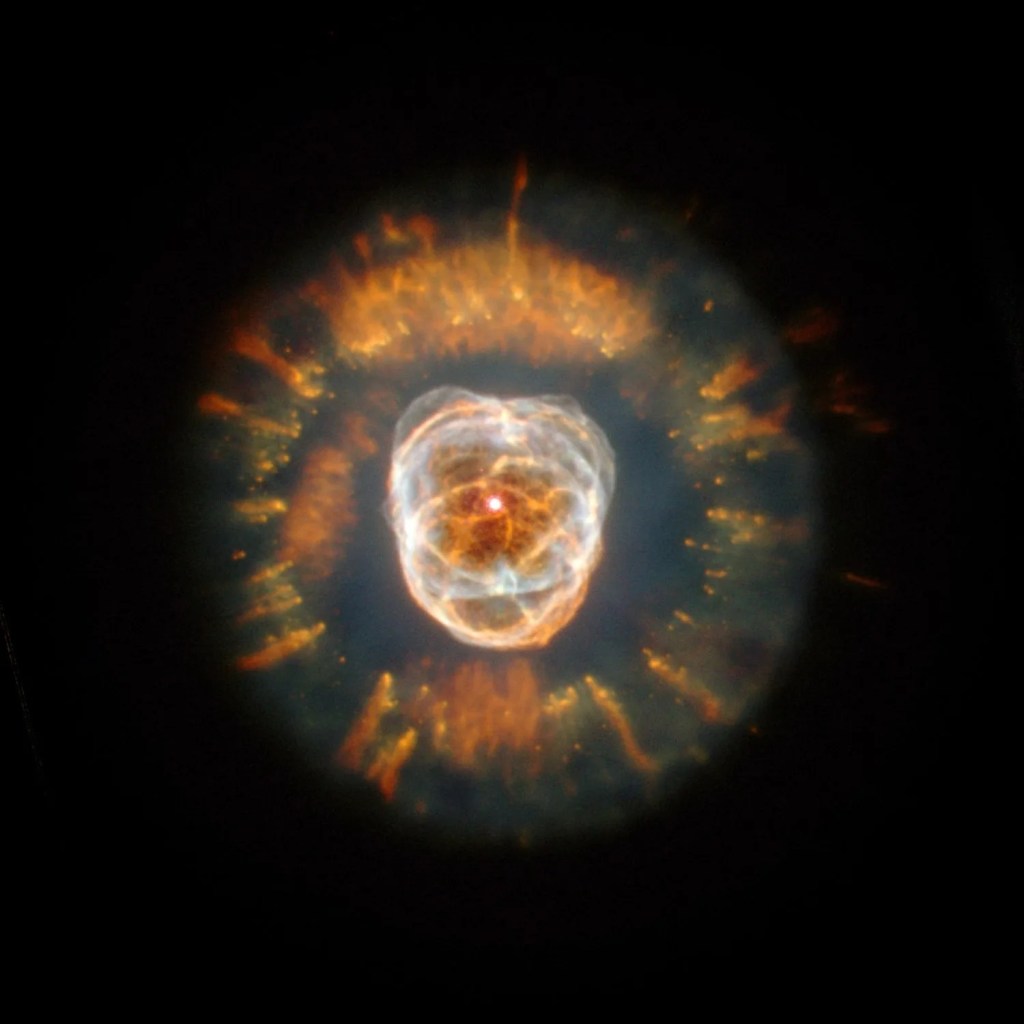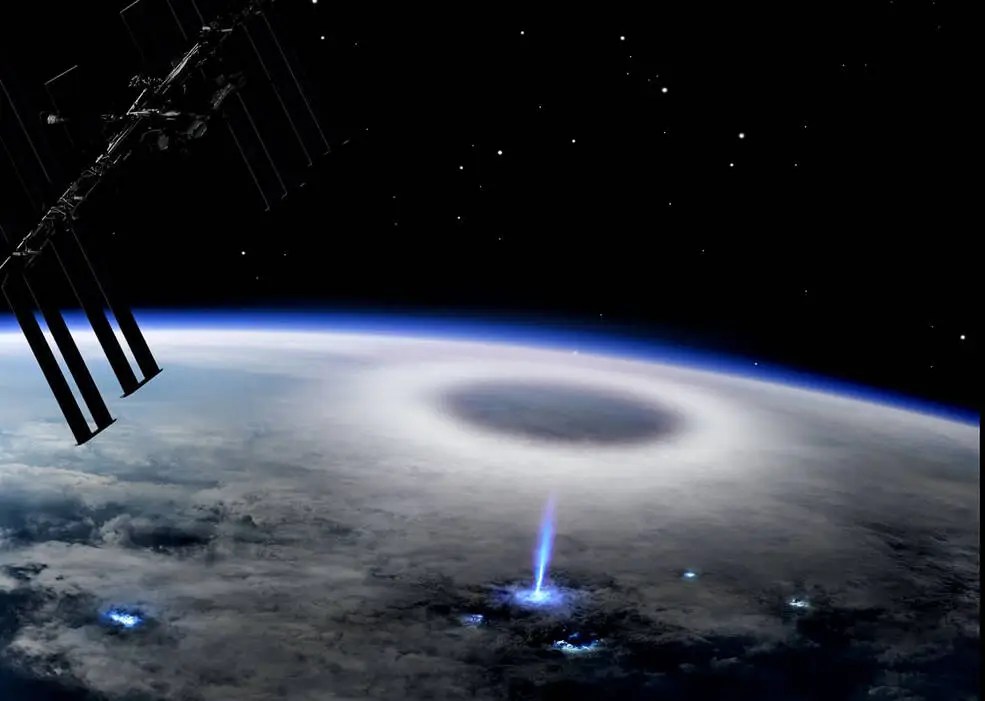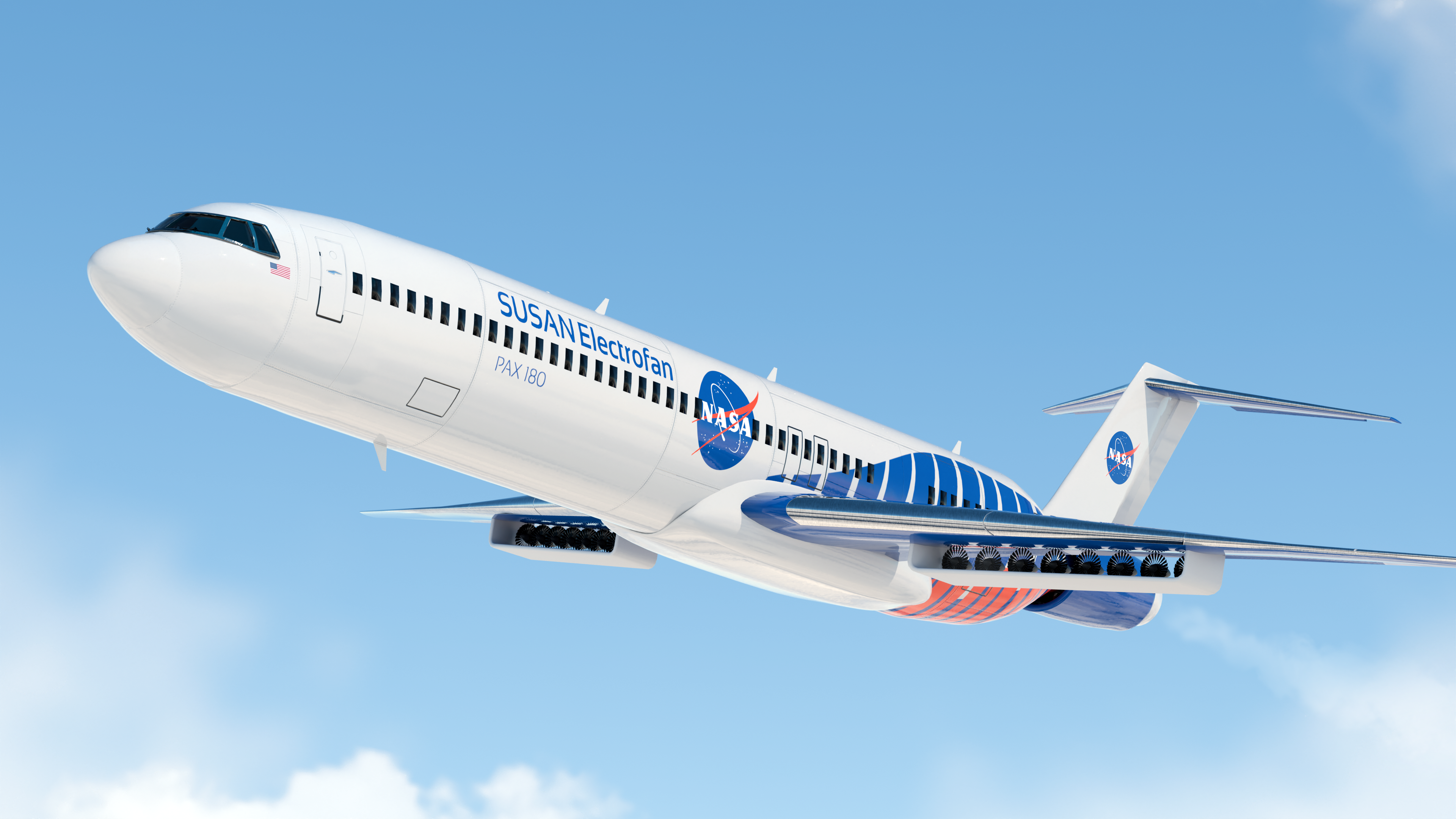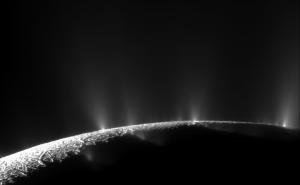The most recent spacecraft telemetry was acquired on Dec. 20 from the Deep Space Network tracking complex at Madrid, Spain. The Cassini spacecraft is in an excellent state of health and with the exception of the CAPS instrument being powered off, all subsystems are operating normally.
The most recent spacecraft telemetry was acquired on Dec. 20 from the Deep Space Network tracking complex at Madrid, Spain. The Cassini spacecraft is in an excellent state of health and with the exception of the CAPS instrument being powered off, all subsystems are operating normally. Information on the present position and speed of the Cassini spacecraft may be found on the “Present Position” page at: http://saturn.jpl.nasa.gov/mission/presentposition/ .
Wednesday, Dec. 14 (DOY 348)
Real-time commands were uplinked today and verified over Canberra’s DSS-43 track in support of S71’s Imaging Science Subsystem (ISS) Real Time (RT) Memory Readout (MRO) and the telemetry mode changes in response to the DSN station allocation changes. The commands will execute on the spacecraft on DOY 354T12:02:59 and 2012-003T22:13:41 respectively.
Thursday, Dec. 15 (DOY 349)
The ISS team performed memory readouts of the error/mark table and heap/stack registers. These memory readouts may provide more information about recent Narrow Angle Camera warm starts.
Friday, Dec. 16 (DOY 350)
In support of S72 activities, the Science Planning and Sequencing Team (SPST) delayed the Final Sequence Integration and Validation (FSIV) Sequence Change Request (SCR) meeting from this week to January 5, 2012, to allow more time for the effects of DSN station allocation changes to be worked.
Saturday, Dec. 17 (DOY 351)
Orbit Trim Maneuver#303 was performed today. This was a cleanup maneuver following the Dione 3/Titan 79 flybys and setting up for the Titan 80 encounter on January 2. The main engine burn began at 1:44 AM PST. Telemetry immediately after the maneuver showed a burn duration of 2.923 seconds, giving a delta-V of 0.489 m/s. All subsystems reported normal performance after the maneuver.
Sunday, Dec. 18 (DOY 352)
The Navigation Team is in the process of determining if the next scheduled maneuver, OTM-304, the T80 approach maneuver, will be needed; it’s scheduled to execute on Dec. 22. OTM-306, scheduled to execute on January 16, is the cleanup maneuver for the Titan 80 flyby.
The new Cassini Mission Assurance Manager (MAM) met with team leads to understand their roles and responsibilities, and continued working old Incident Surprise Anomaly (ISA) reports while supporting sequence activities and becoming familiarized with the Project Risk Database.
Monday, Dec. 19 (DOY 353)
A Delivery Coordination Meeting for the Maneuver Automation Software (MAS) v9.2 took place today. This latest version of MAS included a number of operational enhancements which are referenced in approved engineering change request (ECR) 112360.
Preliminary agendas and a calendar have been posted on the newly revamped Project Science web site in preparation for the upcoming Project Science Group (PSG) meeting #56, the week of Jan. 30-Feb. 3, 2012.
Tuesday, Dec. 20 (DOY 354)
Weekly meetings with the NASA Engineering and Safety Center review board are being held to investigate the Cassini Plasma Spectrometer (CAPS) and Radioisotope Thermoelectric Generator (RTG) power subsystem anomaly. Meetings will continue until a recommendation can be made regarding whether or not to turn the CAPS instrument back on.
This week’s science activities began with finishing up the T79 Titan flyby observations, including a temperature map to monitor seasonal changes in the Titan stratosphere performed by the Composite Infrared Spectrometer (CIRS), and global mapping of cloud coverage at 100 km/pixel resolution conducted by the Visual and Infrared Mapping Spectrometer (VIMS). The Imaging Science Subsystem (ISS) then monitored Titan for changes in cloud coverage, with a brief interruption for a RADAR calibration. Further Titan monitoring was performed by the Optical Remote Sensing (ORS) instruments from a more distant vantage point while the spacecraft was on approach to apoapsis. The Cosmic Dust Analyzer (CDA) completed one 15 hour and two 13 hour interstellar dust observations, and ISS made astrometric measurements of some of Saturn’s small moons, including Janus, Pandora and Atlas. The Ultraviolet Imaging Spectrograph (UVIS) concluded the week with a 15 hour scan of the system to measure hydrogen in Saturn’s inner magnetosphere.



